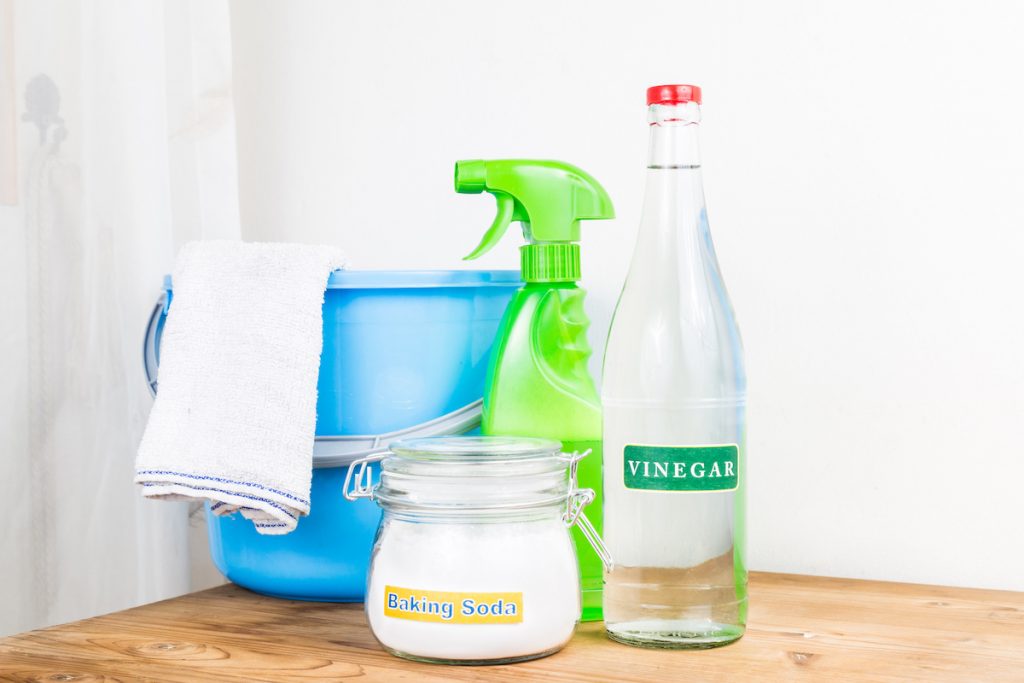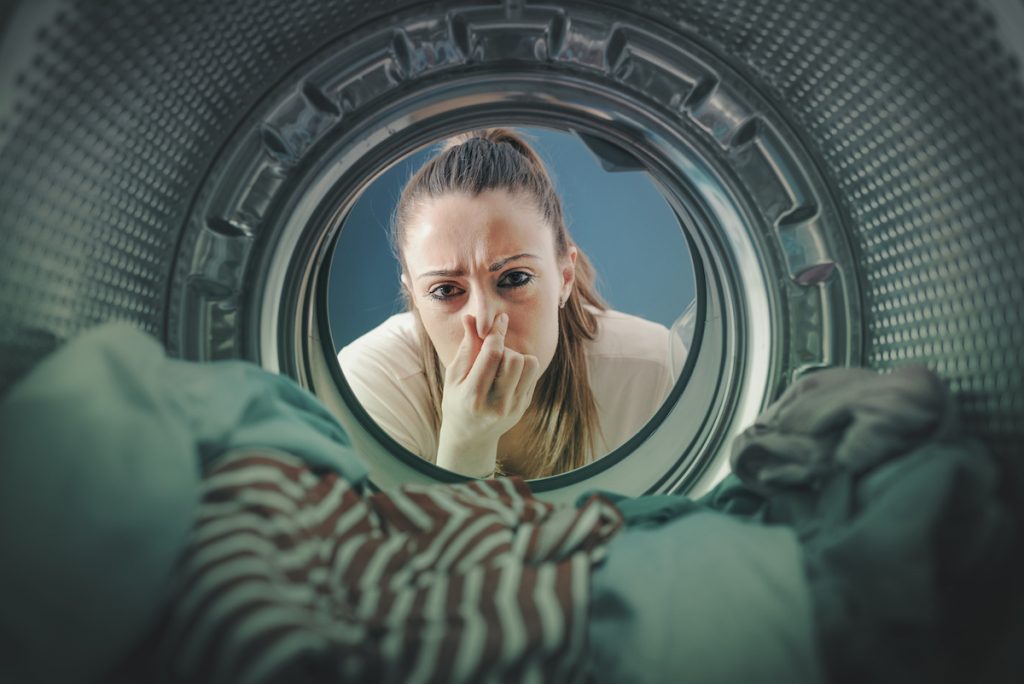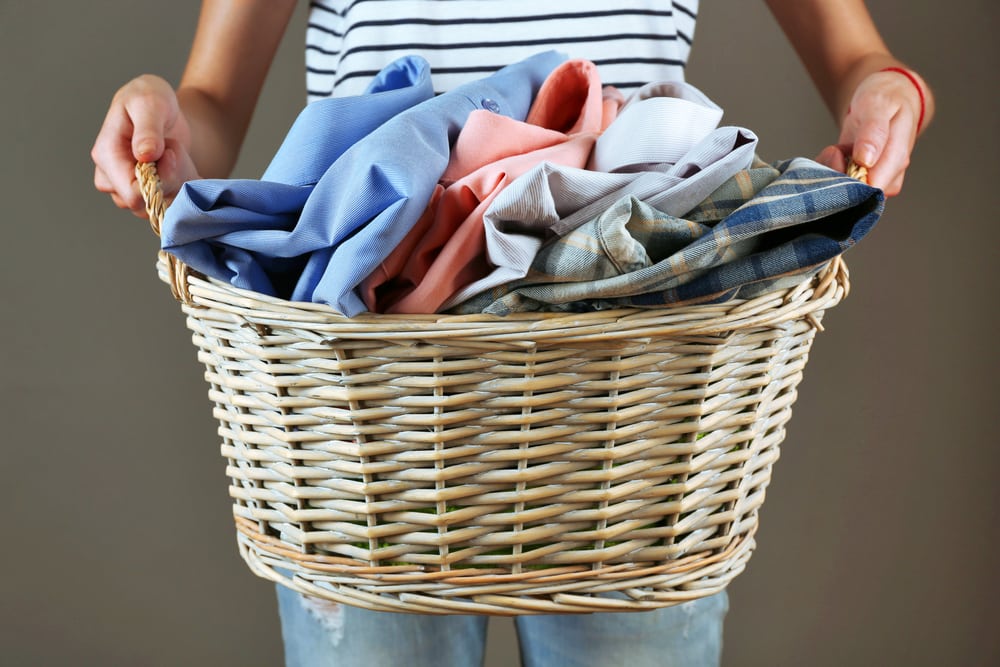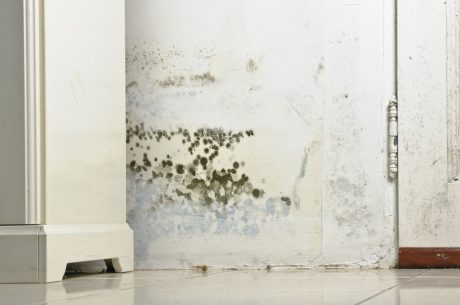Dealing with mold and mildew, especially when they invade your clothes, can be quite a hassle. Beyond the unattractive appearance, moldy clothes can emit unpleasant odors. It’s crucial to equip yourself with the knowledge of how to removing mold stains from clothes.
Mold stain can occur due to water exposure or improper storage practices. Perhaps your clothes were left in a dark and damp environment for an extended period. Another culprit could be the presence of mold or mildew in your washing machine or dryer. Your laundry room may also harbor mold without you knowing.
However, with the right products and care, you can save your moldy garments if the mold has only left a few spots. Here are a few general tips for how to remove mold from clothes and fabric.
Removing Mold Stain from Clothes: A Step-by-Step Guide
Discover the step-by-step process to effectively remove mold stain from your clothes:
- Read the Label: Follow the manufacturer’s instructions regarding water temperature and drying methods.
- Scrub off the Mold Stain: Gently brush the surface mold using a toothbrush and a mold stain remover such as household soap, white vinegar, or bleach. Take care not to damage the fabric.
- Pre-soak the Fabric: Pre-soak the stained garment for one hour in a commercial pre-soak product or a water and white vinegar solution (one cup of vinegar in a bucket of water). Alternatively, make a paste of lemon juice and salt, apply it to the moldy areas, let it sit, and then wash it off.
- Wash in Hot Water: Use hot water to wash your clothes, as it effectively kills mold spores. Ensure that you stay within the recommended water temperature for your garments. For items that can’t be machine-washed, consider taking them to a professional dry cleaner.

- Add a Mold-Killing Solution: Enhance the mold removal process by using a mold-killing solution in the washer. Options include vinegar (one or two cups per cycle), borax (half a cup dissolved in hot water), baking soda (half a cup added to the wash cycle), or bleach (spot-test first and follow the label instructions).
- Sun-Dry Your Clothes: Hang-dry your clothes in the sunlight, as it naturally bleaches and helps kill mold spores. The breeze aids in improving airflow. Avoid using a clothes dryer, as the heat may make the stains more visible and difficult to remove.
- Persistent Stains: If mold stain persist, repeat the above steps. Alternatively, consider dyeing the garment a darker color to camouflage the stain effectively.
Eliminating Mold in Washing Machines: Effective Methods for a Fresh and Clean Appliance
If you notice a musty odor lingering on your clothes immediately after washing them, it’s possible that your washing machine harbors mold. To tackle this issue and ensure a mold-free environment, follow these steps:
- Run an Empty Cycle: Start by running an empty cycle in your washing machine using hot water. Add either bleach or detergent to the water. This helps disinfect and clean the interior of the machine, eliminating any mold present.
- Disassemble and Clean: If the musty smell persists, it may be necessary to disassemble specific components of your washing machine for a more thorough cleaning. Identify any areas with visible mold and wash them with hot water and a suitable cleaning product.
For more detailed instructions and expert advice on removing mold from washing machines, Check out our full guide on removing mold from washing machines.

How to Get Rid of Mold Smell in the Closet
After thoroughly washing and eliminating the mold from clothes, the next step is to check your closet. Addressing the source of the problem is essential; otherwise, your clothing items will smell again.
Since closets are solid, enclosed structures, usually made of wood, there are no gaps or ventilation vents to dry wet clothing. Storing clothes in a closet that aren’t dry can create a breeding ground for mold and musty odors.

Allowing air to flow through your closet can help prevent mold growth and odors. Here are some tips to increase airflow:
- Occasionally open your closet doors.
- Louvered doors are better than solid wood because they allow ventilation.
- Use a small fan and direct it to your closet.
- Opening the windows to let in the fresh air.
For more information, read our guide on removing mold smells from closets.
For Mold Cleanup Services in New Jersey, Contact the PuroClean Professionals on (877) 750-7876
Now that you’ve learned how to remove mold from clothes, start removing any mold spores in your clothing. Mold stain makes garments smell musty and can cause serious health problems.
Mold can also grow on other textile items in your home, such as upholstery and carpet. However, dealing with mold on these items – IF they can be salvaged – is more difficult and time-consuming. Call PuroClean for mold removal services. We can properly remove mold stain on upholstery, mattresses, rugs, and carpet.
FAQs
Can mold be washed out of clothes?
Yes, mold can often be removed from clothes through washing. Use hot water and a detergent specifically designed to kill mold and mildew. Additionally, adding vinegar or baking soda to the wash cycle can help in eliminating mold. However, if the mold growth is extensive or deeply embedded in the fabric, it may be difficult to completely remove, and professional cleaning may be necessary.
Does the washing machine kill mold?
Washing machines can help to remove mold from clothes through the combination of hot water and detergent. The agitation and rinsing action of the washing machine can effectively dislodge and wash away mold spores. However, the effectiveness of killing mold depends on the temperature of the water and the detergent used. Some detergents are specifically formulated to kill mold and mildew, further aiding in the removal process.
Should you throw out moldy clothes?
It’s generally advisable to discard clothes that have significant mold growth, especially if the mold has deeply penetrated the fabric or if the items are difficult to clean. Mold can spread quickly and may pose health risks, particularly to individuals with allergies or respiratory issues. While some clothes can be salvaged through thorough washing or professional cleaning, it’s best to prioritize safety and dispose of severely affected items.
Is mold on clothes dangerous?
Mold on clothes can potentially be dangerous, especially if left untreated. Mold spores can trigger allergic reactions or respiratory problems in sensitive individuals. Additionally, certain types of mold, such as black mold (Stachybotrys chartarum), produce mycotoxins that can be harmful if ingested or inhaled. Therefore, it’s important to address mold on clothes promptly and take appropriate measures to clean or dispose of affected items to minimize health risks.



